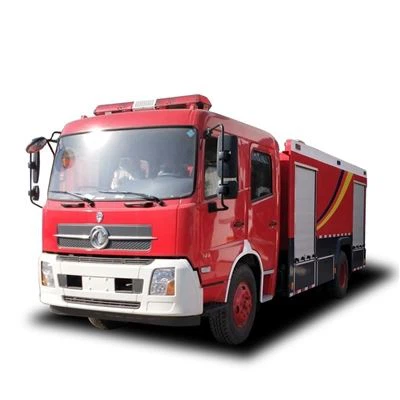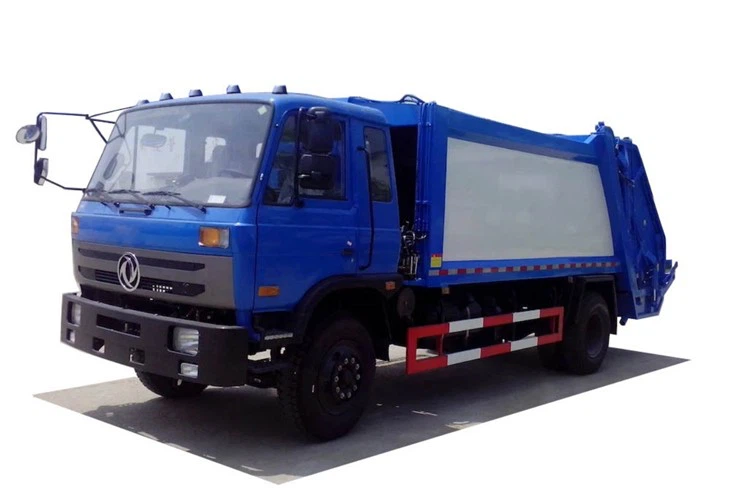Hydraulic Clutch Pump for Wreckers: Essential Insights and Applications

The hydraulic clutch pump is a crucial component for wreckers, providing the necessary power for towing and recovery operations. In this article, we will explore the importance, workings, applications, maintenance tips, and the various types of hydraulic clutch pumps suited for wreckers. Stay tuned as we delve into each aspect in detail.
Understanding Hydraulic Clutch Pumps
A hydraulic clutch pump is a device that uses hydraulic pressure to engage and disengage the clutch in a vehicle. This system is essential in wreckers, where the ability to smoothly engage the clutch is vital for towing heavy loads. The hydraulic system operates using fluid dynamics, making it effective in transferring force through a liquid medium.
How Does a Hydraulic Clutch Pump Work?
The hydraulic clutch pump operates by converting mechanical energy into hydraulic pressure. Below is a simplified explanation:
- Power Source: The engine drives the pump, which generates hydraulic fluid movement.
- Fluid Transfer: The hydraulic fluid is pumped from the reservoir and transferred to the clutch mechanism.
- Engagement and Disengagement: As pressure builds, the clutch engages; when pressure is released, it disengages, allowing for smooth gear shifts.
The Importance of Hydraulic Clutch Pumps in Wreckers
Wreckers require reliable hydraulic systems to perform efficiently. The hydraulic clutch pump plays several critical roles:
1. Smooth Operation
A hydraulic clutch pump ensures seamless transitions during towing operations, preventing stalling and enhancing driver control.
2. Increased Load Capacity
These pumps allow wreckers to handle heavier loads without straining the engine or transmission systems.
3. Reduced Wear and Tear
Hydraulic systems typically experience lower friction than traditional mechanical systems, leading to extended equipment lifespan.
Types of Hydraulic Clutch Pumps Suitable for Wreckers
1. Gear Pumps

Gear pumps are known for their efficiency and robustness. They utilize rotating gears to generate pressure and are ideal for heavy-duty applications.
2. Vane Pumps
Vane pumps are quieter and provide a smooth flow of fluid. They are useful when a more consistent pressure is required for the clutch system.
3. Piston Pumps
Piston pumps can deliver high pressure and are suited for challenging towing scenarios, capable of providing precise hydraulic control.
Key Factors to Consider When Choosing a Hydraulic Clutch Pump
1. Application Needs
Evaluate the specific requirements based on the types of vehicles you frequently work with.
2. Pressure Rating
Select a pump that meets or exceeds the required hydraulic pressure for your clutch system.

3. Durability and Quality
Choose pumps from reputable manufacturers that guarantee durability and reliability.
4. Maintenance Requirements
Consider ease of maintenance, as some pumps require more frequent servicing than others.
Installation Process of Hydraulic Clutch Pumps in Wreckers
Proper installation is crucial for optimal performance. Here is a step-by-step guide:
Step 1: Gather Required Tools
- Socket set
- Wrenches
- Fluid catch pan
- Hydraulic fluid
Step 2: Remove Old Pump
Carefully detach the old hydraulic pump from the wrecker’s system, ensuring to catch any fluids that may spill.
Step 3: Install New Pump
Align the new hydraulic clutch pump correctly and secure it in place using the appropriate fasteners.
Step 4: Connect Hydraulic Lines
Attach the hydraulic lines to the new pump; consult the manufacturer’s guidelines for proper connections and orientations.
Step 5: Fill with Hydraulic Fluid
Refill the hydraulic system with the recommended fluid type, ensuring no air bubbles are trapped in the system.
Step 6: Test the System
Before use, test the system to ensure that the clutch engages and disengages smoothly.
Maintenance Tips for Hydraulic Clutch Pumps
Maintaining your hydraulic clutch pump is vital to ensure longevity and performance:
1. Regular Fluid Checks
Check the hydraulic fluid levels regularly and top up as needed. Old or contaminated fluid can hinder performance.
2. Inspect for Leaks
Look for any signs of leakage around the pump and lines regularly, as this can indicate a failing seal or joint.
3. Maintain Cleanliness
Keep the area around the hydraulic pump clean to prevent contaminants from entering the system.
4. Replace Filters
If applicable, replace hydraulic filters according to the manufacturer’s specifications to ensure proper fluid circulation.
Common Issues with Hydraulic Clutch Pumps and Troubleshooting
1. Pump Not Engaging
If the pump fails to engage, it may be due to low fluid levels or a malfunctioning control switch. Check and replace any faulty components.
2. Fluid Leaks
Inspect hoses and fittings for wear. Replace any damaged components to prevent hydraulic fluid loss.
3. Erratic Clutch Engagement
Inconsistent engagement can be attributed to air in the hydraulic system. Bleed the system to remove trapped air.
Practical Examples of Hydraulic Clutch Pumps in Action
Hydraulic clutch pumps are used in various scenarios that highlight their necessity:
1. Heavy-Duty Towing
Wreckers equipped with hydraulic clutch pumps can efficiently tow larger vehicles, such as buses or trucks, ensuring safety and control.
2. Recovery Operations
In recovery situations where precision is crucial, hydraulic clutch pumps allow operators to navigate safely without jerking or stalling.
3. Industrial Applications
Many industrial vehicles utilize hydraulic clutch pumps to ensure their machines operate smoothly under heavy loads.
FAQ Section
1. What is the main function of a hydraulic clutch pump in a wrecker?
The primary function of a hydraulic clutch pump in a wrecker is to engage and disengage the clutch smoothly, allowing for efficient towing operations.
2. How often should I maintain my hydraulic clutch pump?
Regular maintenance checks should be performed at least every six months or as specified by the manufacturer to ensure optimal performance.
3. What are the signs of a failing hydraulic clutch pump?
Signs include fluid leaks, erratic engagement, unusual noises, and a spongy clutch pedal feel.
4. Can I replace the hydraulic clutch pump myself?
Yes, if you have the proper tools and understanding of the system, you can replace it. However, consulting a professional is recommended for complex installations.

5. What type of hydraulic fluid should I use?
Always refer to the manufacturer’s specifications for the recommended type of hydraulic fluid for your system.
6. How does weather affect the performance of my hydraulic clutch pump?
Extreme temperatures can affect hydraulic fluid viscosity, leading to changes in performance. Ensure appropriate fluid is used for your climate conditions.
